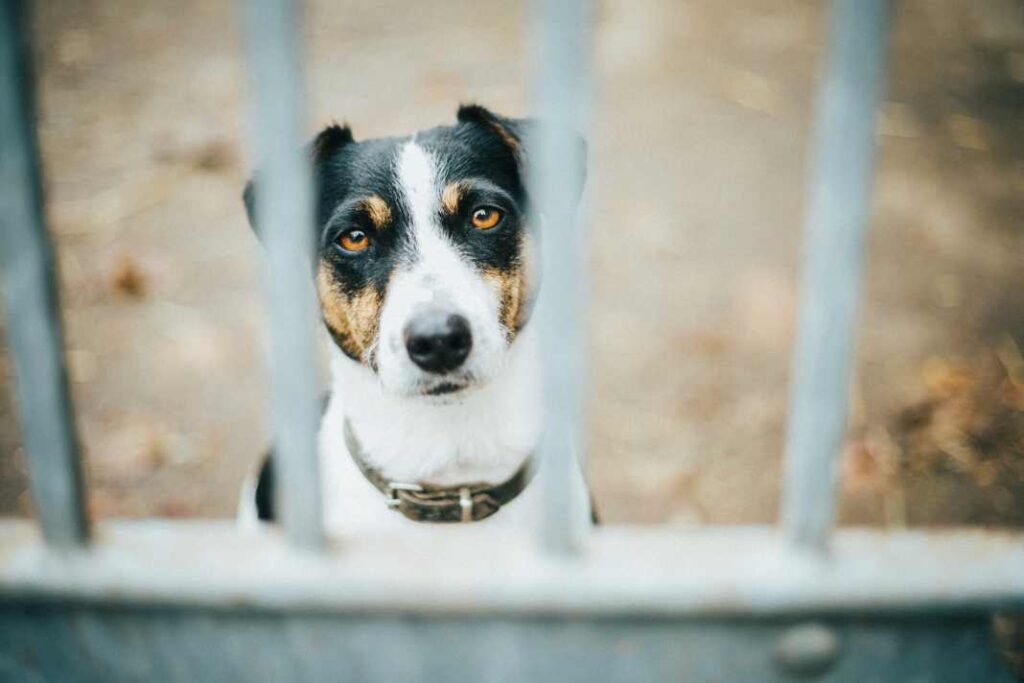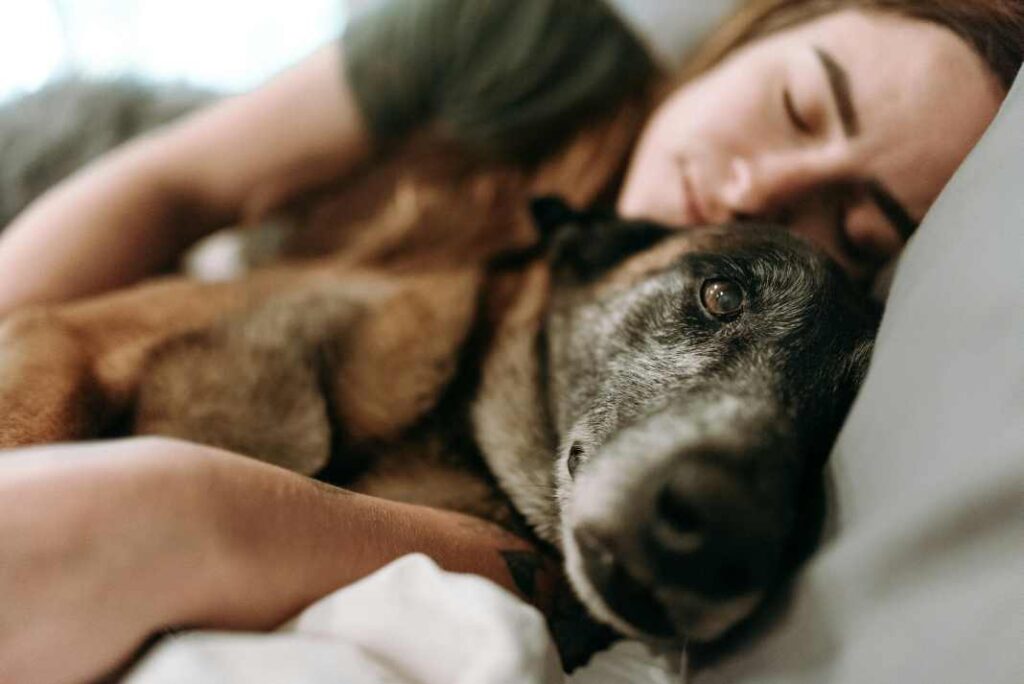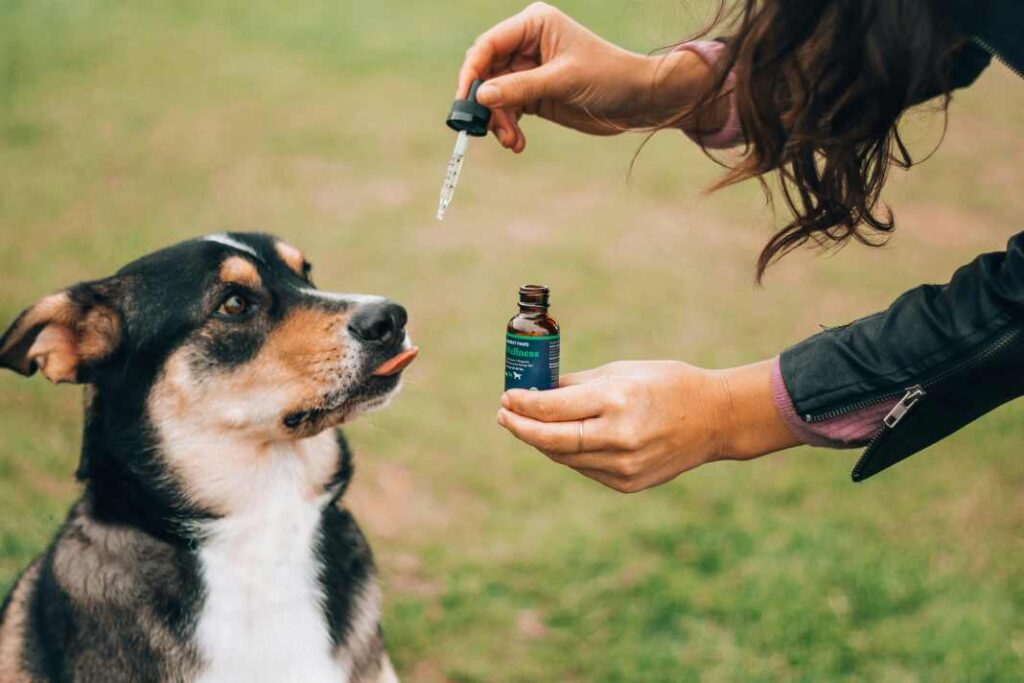A comprehensive guide on understanding and managing separation anxiety in dogs, including its symptoms, causes, prevention strategies, treatment methods, and the importance of behavioral modification techniques.
Introduction to Separation Anxiety in Dogs
Separation anxiety in dogs is a common behavioral challenge that primarily affects younger dogs, inducing profound distress whenever they are separated from their owners. This condition manifests through various symptoms including anxious behaviors, excessive vocalization such as barking or howling, and destructive actions that can significantly disrupt the household.
Dogs may also experience accidents indoors, further indicating their struggle to cope with isolation. Recognizing these symptoms early on is crucial, as it lays the foundation for understanding and addressing the underlying causes of separation anxiety.
Such insight is essential for developing effective management strategies and treatment plans tailored to alleviate the discomfort experienced by both dogs and their human companions.
Separation anxiety in dogs causes distress, barking, and destructive behavior when away from owners. Early recognition and treatment are crucial.
Understanding the root causes and symptoms of separation anxiety represents a vital step in mitigating its impact. Factors contributing to this condition range from genetic predisposition and past traumatic experiences to sudden changes in routine or environment.
Dogs exhibiting separation anxiety often display a heightened level of attachment to their owners, relying on their presence for comfort and security. This intense dependency underscores the importance of identifying and treating separation anxiety promptly.
By doing so, pet owners can improve their dogs’ quality of life, ensuring they remain calm and content even in their absence. Through comprehensive understanding and appropriate intervention, the distressing effects of separation anxiety on dogs can be significantly reduced, fostering a healthier, more stable environment for all involved.
Click here for Expert Videos to Stop Dog Behavioral Problems!
Understanding the Symptoms
Separation anxiety in dogs manifests through a range of behaviors that indicate a dog’s difficulty in coping with the absence of its owners. These symptoms are diverse, covering both emotional and physical responses.
Emotionally, dogs might exhibit anxious behaviors such as restlessness or whining, alongside excessive vocalization including barking and howling, which serve as audible expressions of their distress.
Physically, signs of distress are evident through panting, pacing, or even shaking; these behaviors are indicative of the dog’s heightened state of anxiety. A particularly distressing, albeit less common, behavior associated with separation anxiety is coprophagia.
This behavior, where dogs consume their own feces, is thought to be an extreme response to the stress of isolation, highlighting the profound impact that separation anxiety can have on canine behavior.
Separation anxiety in dogs shows as restlessness, barking, pacing, and sometimes coprophagia, due to stress from owner absence. Early recognition is key.
In addition to these symptoms, dogs may also engage in attention-seeking behaviors, which can include excessive licking or following their owners around the house persistently. Such behaviors are attempts by the dog to ensure constant proximity to their owner, stemming from a fear of being left alone again.
Recognizing these symptoms early is crucial for effective intervention. For instance, a dog that starts to pace and whine as soon as it senses its owner preparing to leave could be showing early signs of separation anxiety.
Early identification and understanding of these symptoms not only allow for timely intervention but also prevent the escalation of these behaviors into more severe forms of anxiety-related actions.

Causes of Separation Anxiety
The genesis of separation anxiety in dogs is multifaceted, with both environmental and psychological factors playing critical roles. Dogs with a history of abandonment or those adopted from shelters often carry the burden of previous traumatic experiences, which can predispose them to separation anxiety.
For instance, a dog that has experienced multiple rehomings may develop an intense fear of being left alone, associating solitude with the distress of losing its family. This underscores the complex interplay between a dog’s past experiences and its current emotional state.
Separation anxiety in dogs stems from past trauma, environmental changes, and intense owner attachment, needing careful emotional management.
Furthermore, significant changes in a dog’s living environment or household dynamics can serve as catalysts for separation anxiety. Events such as moving to a new home, changes in the family structure, or even alterations in the daily routine can disrupt a dog’s sense of security, leading to anxiety when separated from their owners.
In particular, dogs that exhibit a high level of attachment to their owners—those who follow them from room to room or show distress when not in close proximity—may be more susceptible to separation anxiety under these stressful conditions.
This highlights the importance of understanding a dog’s emotional needs and attachment behaviors when assessing their risk for developing separation-related problems.
Prevention Strategies
Prevention of separation anxiety in dogs hinges on a multifaceted approach that begins with early socialization and consistent training. From a young age, puppies should be exposed to a variety of environments, people, and other animals in a controlled and positive manner to promote socialization and training.
This exposure helps in building their confidence and reduces the potential for excessive attachment behaviors later in life. As puppies learn to navigate different situations with ease, their reliance on their owners for reassurance diminishes, laying a foundation for a more independent and less anxious adult dog.
Preventing separation anxiety in dogs involves early socialization, training, and teaching puppies to enjoy alone time with positive experiences.
Moreover, gradually accustoming puppies to spend time alone is a vital component of preventing separation anxiety. This can be achieved by creating a safe and comfortable space where the puppy can stay while gradually increasing the duration of separation.
During these periods, providing engaging toys or puzzle feeders can keep the puppy occupied, making the experience positive. An example of this approach is leaving a puppy with a treat-dispensing toy that rewards them for playing independently, thereby associating alone time with positive outcomes.
This strategy not only entertains the puppy but also teaches them to enjoy their own company, reducing the likelihood of developing separation anxiety as they grow older.

Treatment Methods
The management of separation anxiety in dogs necessitates a comprehensive treatment plan that addresses both the behavioral and emotional aspects of the condition. Gradual desensitization is a cornerstone of this approach, where owners incrementally increase the time they spend away from their pets.
This strategy helps acclimate dogs to their owner’s absence, reducing anxiety levels associated with departures. For instance, starting with short absences that do not trigger anxiety and gradually extending them can prove effective.
Incorporating pre-departure cues, such as picking up keys or putting on shoes, without actually leaving can further help in reducing a dog’s anxiety by decoupling these actions from the owner’s departure.
Managing separation anxiety in dogs involves gradual desensitization, potential medication, and positive association with crates for security.
For dogs experiencing severe levels of separation anxiety, pharmaceutical intervention may be considered as part of the treatment strategy. Medications and supplements, prescribed by a veterinarian or a veterinary behaviorist, can provide temporary relief from anxiety, allowing behavioral treatments to be more effective.
These medications should be used judiciously, as part of a broader treatment plan that includes behavioral modification. Additionally, crate training can offer a refuge for anxious dogs, creating a cozy and secure environment for them to retreat to when feeling anxious.
It is crucial, however, to ensure that the crate is associated with positive experiences and not used as a form of punishment. This method can significantly aid in making the dog feel safer during the owner’s absence, contributing to the overall success of the treatment plan.
Medication and Supplements
When addressing separation anxiety in dogs, integrating natural supplements into a comprehensive treatment plan can offer additional support alongside behavioral modification strategies.
Calming pheromones, for example, are designed to mimic the natural pheromones emitted by mother dogs to comfort their puppies, providing a sense of security and serenity to anxious dogs when their owners are away.
Similarly, anxiety-relieving treats often contain ingredients like L-Theanine or chamomile, which have been shown to promote relaxation and reduce stress in canines. These supplements can serve as valuable aids in soothing a dog’s anxiety, making the process of adjusting to time alone more manageable.
On the other hand, the use of medication in treating separation anxiety should be approached with caution and reserved for cases where behavioral interventions alone prove insufficient.
Integrating natural supplements and cautious use of medications can support behavioral strategies in treating dog separation anxiety.
Medications such as selective serotonin reuptake inhibitors (SSRIs) or tricyclic antidepressants (TCAs) can be effective in alleviating the symptoms of severe anxiety, providing a calmer state that allows dogs to respond more positively to training and desensitization efforts.
However, these pharmacological solutions come with the potential for side effects, including drowsiness, decreased appetite, or changes in behavior, emphasizing the importance of close supervision by a veterinary professional.
Before incorporating any form of medication or supplement into a treatment plan, a comprehensive evaluation by a veterinarian is crucial to ensure the chosen method is safe and tailored to the individual needs of the dog, thereby optimizing the chances of successful management of separation anxiety.

Honest Paws Hemp Oil for Dogs is available on Amazon.com
Behavioral Modification Techniques
Addressing separation anxiety in dogs involves a strategic approach toward their behavior, particularly in not reinforcing attention-seeking actions. Dogs with separation anxiety often exhibit behaviors such as excessive barking or pacing to attract their owner’s attention.
It is essential to ignore these behaviors and instead reward calmness and quietude, thereby fostering a more relaxed state of mind in the dog. For instance, rewarding a dog with a treat or affection when it settles down quietly can reinforce the desired behavior of staying calm when alone.
Furthermore, the mental and physical state of a dog plays a significant role in managing separation anxiety. Engaging dogs in activities that stimulate their minds and bodies can significantly reduce their anxiety levels.
Strategically manage dog separation anxiety by not reinforcing attention-seeking, rewarding calm behavior, and providing mental stimulation and routine.
Interactive toys and puzzles that challenge them mentally, along with regular exercise like walks or playtime in a secure area, can help alleviate the stress and boredom that might lead them to exhibit destructive behaviors.
For example, puzzle feeders that release food as the dog manipulates them can keep a dog occupied and mentally engaged, thereby reducing anxiety. Additionally, establishing a predictable daily routine can provide a sense of security for dogs.
Consistency in feeding, walking, and playtimes helps create a stable environment, making departures less stressful. Enhancing their environment with comforting items such as a piece of clothing with the owner’s scent or a favorite toy can also help in providing a reassuring presence, further reducing anxiety during times of separation.

The puzzle pictured above is available on Amazon.com
Interactive Treat Puzzle Dog
Conclusion: Effective Strategies for Managing Separation Anxiety in Dogs
Managing separation anxiety in dogs requires a multifaceted approach that integrates preventive measures, effective treatment methods, and behavioral modification techniques. This holistic strategy is essential for mitigating the stress and anxiety that dogs experience when left alone, subsequently enhancing their overall well-being and quality of life.
Additionally, by addressing separation anxiety effectively, dog owners can also experience relief and satisfaction, knowing their pets are happier and more content. The success of this approach hinges on a thorough understanding of the individual needs and triggers of each dog afflicted with separation anxiety.
For instance, a dog that panics at the sight of its owner picking up car keys may need specific desensitization exercises targeting this trigger.
Manage dog separation anxiety with a tailored approach integrating prevention, treatment, and behavioral modification.
A tailored approach to treatment that considers the unique characteristics of each dog’s anxiety is crucial for long-term success in overcoming separation anxiety.
This involves not only identifying the specific triggers that lead to anxiety in a dog but also implementing a customized plan that may include a combination of crate training, desensitization exercises, medication under veterinary guidance, and environmental enrichment.
By focusing on the root causes of anxiety and employing strategies that address these directly, dogs can gradually learn to cope with the absence of their owners without undue stress.
The effectiveness of these strategies has been well-documented, reinforcing the importance of patience, consistency, and a positive attitude from dog owners as they work towards alleviating their pet’s anxiety.
Helping Your Pup Stay Calm: A Guide to Easing Dog Separation Anxiety

Learn how to ease your dogs separation anxiety with practical tips, training techniques, and professional help – a guide to easing dog separation anxiety.
Addressing separation anxiety early on, taking small steps in training, and considering the dog’s overall environment and daily routine can help mitigate these issues.
Continue reading: A Guide to Easing Dog Separation Anxiety




